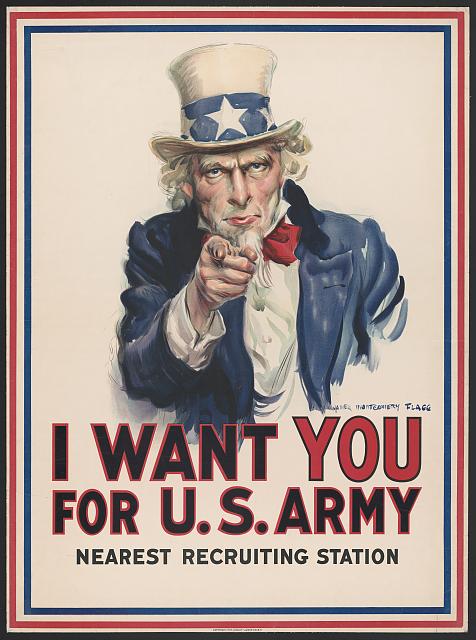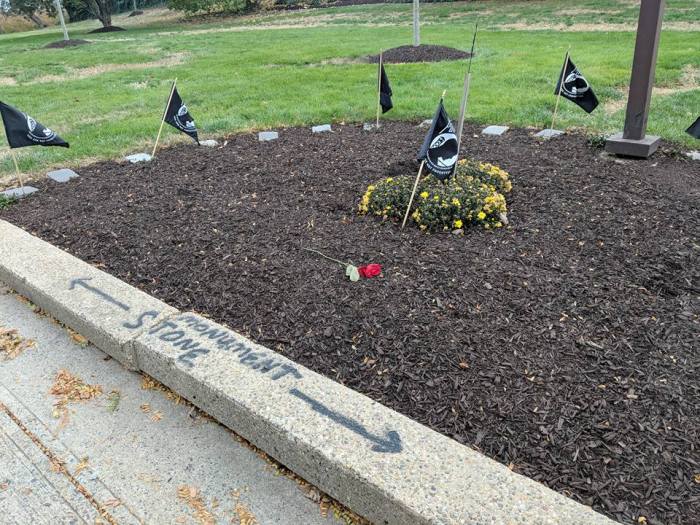Note: This post is also published on steemit, which is the platform we’re using this semester in my Non-Profit Management class.
What a busy time of year it’s been! At school, I’ve been finishing up my thesis, and at work, we opened a major exhibit and now get to welcome the 2,300+ people who prebooked tours. So I’m very behind with my steemit posts! So thanks for your patience as I try to catch up…
Over the past few weeks, my classmates and I have been examining the cultural sector in Philadelphia, looking at successes and falterings and how a 3,000 SBD grant could go to good use.
One theme that has come up multiple times is the disparity between what a board thinks is good for an institution and what is actually good for an institution. The combination of homogeneity and privilege of board members, along with the pressure of growth as a measure for success, lead boards to often ignore problems in their institution and favor quick fixes over real solutions.
How can this be changed?

The ideal answer would be to remove those in power of cultural institutions, replaced with a much more diverse and inclusive group of stakeholders who care more about the health and impact of their organization than its public face — a change that could be made by removing the expectation for board members to contribute financially to the organization, for example. A feasible but extremely long-term goal that would likely shake up a largely conservative field resistant to change.
In the meantime, and to ensure that decision-makers remain realistic no matter their background, and to ward against this cycle of power that still might occur, I suggest periodic job swaps that would help those with decision-making and leadership powers to have a more realistic
Increasingly common in corporate offices and popularized by TV shows like Undercover Boss, job swaps could expose board members and upper-level staff to the work conditions, duties, and experiences of entry-level and front of house staff. In this context, for example at a museum, I would envision board members and upper-level staff greeting visitors at the front desk and in the gift shop,
How could job swaps (well, something more like job shadows) improve the management and health of non-profits?
- By getting out of the board room, board members and upper-level staff can see how the non-profit really operates and what its actual impact is, instead of the idealized and sanitized version they use for fundraising purposes (or, instead of the cleaned-up version reported to them by lower-level staff).
- Board members and upper-level staff would be able to interact with the non-profit’s constituents and be able to see what they really want, instead of what the board thinks they want (or, instead of what would be best for the organization’s reputation).
- Board members and upper-level staff could see, in real time, what problems exist in the operation of the non-profit and see how lower-level staff already try to fix those problems.
This doesn’t even have to be between upper- and lower-level staff, but also between departments. Not too long ago, a coworker in another department confessed she knew little about what my job entailed, and I realized I was similarly ignorant about the details of her own role. This is a sign of poor communication and a lack of holistic organizational thinking, which a job swap/shadow could alleviate.
Is this idea perfect? Of course not:
- In certain situations, lower-level staff might try to be on their best behavior around upper-level staff, downplaying any problems as they arise.
- The board member or upper-level staff might not pay attention or be open to learning from the experience.
- Or, potentially worse, the board member or upper-level staff might hang onto their ego, think they know what’s best, and try to do the lower-level staff’s job, instead of observing and learning.
I do think that the best solution to the issue of non-profit health is replacing boards and upper-level staff with those who are more attuned to the needs of their respective community, who are not obsessed with growth culture, and who come from a variety of backgrounds that don’t require financially supporting the organization. But unfortunately this is a lofty goal, and as we work towards it, we must come up with alternative, quicker solutions to tide us over. While not a perfect solution, I think that job swaps could break boards and upper-level staff out of a growth mindset and help them see their organization how it truly is.















